Mera Peak Climbing
Mera Peak is one of the most popular trekking peaks in Nepal, standing at 6,476 meters (21,247 feet). Located in the Solu Khumbu region of Nepal, Mera Peak is a great choice for those who are looking for an introductory peak climbing experience in the Himalayas.
Mera Peak Climbing itinerary usually takes around 18-21 days, and it includes a trek through the beautiful forests, valleys, and Sherpa villages, before ascending to the summit of Mera Peak.
Mera Peak is a great peak climbing experience for those who are new to climbing in the Himalayas. The trek to Mera Peak takes you through some of the most beautiful landscapes in the Solu Khumbu region, including dense forests, Sherpa villages, and stunning mountain views.
The climb to the summit of Mera Peak is a challenging but rewarding experience. It requires a good level of physical fitness, as well as the ability to acclimatize to high altitude. However, with proper training and preparation, most people with previous trekking experience can successfully climb Mera Peak.
The summit push to the top of Mera Peak takes you through ice and snow, and the views from the summit are truly breathtaking. On a clear day, you can see some of the highest peaks in the world, including Mount Everest, Lhotse, Cho Oyu, and Makalu.
Mera Peak climbing season is usually from October to November and March to April, as these months offer the best weather and visibility conditions for climbing. It is recommended to book your climb with a reputable trekking agency and hire an experienced guide who can help you with the climb and ensure your safety throughout the journey.
Outline Itinerary:
Day 1: Arrival in Kathmandu
Day 2: Kathmandu Sightseeing and Preparation
Day 3: Fly from Kathmandu to Lukla and trek to Chutanga (3,430m)
Day 4: Trek from Chutanga to Chatra La Pass (4,610m) to Thuli Kharka (4,250m)Day 5: Trek from Thuli Kharka to Tashing Ongma (3,450m)
Day 6: Trek from Tashing Ongma to Tangnang (4,350m)
Day 7: Rest day in Tangnang
Day 8: Trek from Tangnang to Khare (5,045m)
Day 9: Rest day in Khare Day 10: Trek from Khare to Mera La Pass (5,415m) to High Camp (5,780m)
Day 11: Summit Day – Climb to the summit of Mera Peak (6,476m) and back to Khare
Day 12-13: Contingency DaysDay 14: Trek from Khare to Kothe (3,600m)
Day 15: Trek from Kothe to Thuli Kharka (4,250)
Day 16: Trek from Thuli Kharka to Lukla (2,860m)
Day 17: Fly from Lukla to Kathmandu
Day 18: Departure from Kathmandu
Itenerary
-
Day 1-2: Arrival in Kathmandu and Preparation
- Arrive in Kathmandu, transfer to hotel.
- Kathmandu sightseeing and expedition briefing.
-
Day 3-5: Trek to Khote
- Fly to Lukla, trek to Chutanga.
- Trek to Khote.
-
Day 6-8: Trek to Tangnang and Acclimatization
- Trek to Tangnang.
- Acclimatization day in Tangnang
-
Day 9-11: Trek to Khare and Acclimatization
- Trek to Khare.
- Acclimatization day in Khare
-
Day 12-14: Summit Attempt and Descent
- Trek to Mera La.
- Summit day and descent to Khare.
- Contingency day or rest in Khare.
-
Day 15-16: Trek back to Lukla and Departure
- Trek back to Kothe and Thuli Kharka.
- Trek to Lukla.
- Fly back to Kathmandu.
- Departure from Kathmandu.
Full Board
Cost Includes:
Cost Excludes:
BC Service
Cost Includes:
Cost Excludes:
Price per person
Usefull Information
- Climbing Permits: This includes permits from the Nepal Mountaineering Association (NMA) for climbing Mera Peak, as well as trekking permits for the Sagarmatha National Park.
- Guide and Support Staff: The package usually includes the services of experienced climbing guides and support staff, including porters and/or yaks to carry equipment and supplies.
- Accommodation: Accommodation during the trek, including teahouses or lodges along the route and camping equipment at higher altitudes such as tents and sleeping bags.
- Meals: Most packages include three meals a day (breakfast, lunch, and dinner) during the trek, prepared by the support staff. Meals are typically Nepali and Western-style dishes, with options for vegetarians and special dietary requirements.
- Transportation: Airport transfers in Kathmandu and domestic flights between Kathmandu and Lukla.
- Climbing Equipment: Basic climbing equipment such as ropes, harnesses, ice axes, crampons, helmets, and other technical gear may be provided as part of the package.
- Acclimatization Days: Itineraries often include rest days for acclimatization to reduce the risk of altitude sickness and improve summit success rates.
- Emergency Evacuation: Some packages may include emergency evacuation insurance to cover the cost of rescue and medical evacuation in case of emergencies.
Excluded:
- International Flights: The package typically does not include international flights to and from Nepal.
- Travel Insurance: Personal travel insurance covering medical expenses, trip cancellation, and emergency evacuation is usually not included but is essential for your safety and peace of mind.
- Personal Expenses: Expenses such as additional meals, drinks, snacks, souvenirs, and tips for guides and support staff are usually not included in the package.
- Equipment Rental: While some basic climbing equipment may be provided, you may need to rent or purchase additional gear such as mountaineering boots, down jackets, and sleeping bags.
- Visa Fees: The cost of obtaining a Nepalese tourist visa upon arrival at Kathmandu airport is not typically included in the package.
- Additional Accommodation: Accommodation in Kathmandu before or after the trek may not be included but can be arranged upon request.
- Optional Activities: Additional activities such as sightseeing tours in Kathmandu, helicopter tours, or side trips to nearby attractions are not usually included but can be arranged separately.
FAQs
-
What is Mera Peak?
Mera Peak is a mountain in the Himalayas of Nepal, standing at 6,476 meters (21,247 feet) above sea level. It is one of the most popular trekking peaks in Nepal and offers stunning panoramic views of the surrounding mountains, including Everest, Lhotse, Makalu, and Cho Oyu.
-
Is Mera Peak climbing suitable for beginners?
While Mera Peak is considered a non-technical climb, it does require a good level of physical fitness and some previous trekking experience at high altitudes. Beginners with basic mountaineering skills and proper preparation can attempt Mera Peak with the guidance of experienced guides.
-
When is the best time to climb Mera Peak?
The best time to climb Mera Peak is during the pre-monsoon (spring) season from March to May and the post-monsoon (autumn) season from September to November. During these months, the weather is generally stable, with clear skies and less precipitation.
-
Do I need a permit to climb Mera Peak?
Yes, climbers need permits from the Nepalese government to climb Mera Peak. These permits include a climbing permit from the Nepal Mountaineering Association (NMA) and a trekking permit for the Sagarmatha National Park. Your expedition organizer or guide will typically arrange these permits as part of the package.
-
How long does it take to climb Mera Peak?
The duration of a Mera Peak climbing expedition typically ranges from 15 to 18 days, including trekking to and from the base camp, acclimatization days, and the summit push. The exact duration may vary depending on the itinerary and weather conditions.
-
What equipment do I need for climbing Mera Peak?
Climbers need basic mountaineering equipment such as crampons, ice axes, harnesses, helmets, and ropes. Additionally, warm clothing suitable for high-altitude conditions, trekking boots, a sleeping bag, and a down jacket are essential. Most expedition operators provide a detailed equipment list.
-
Is altitude sickness a concern when climbing Mera Peak?
Yes, altitude sickness is a concern when climbing Mera Peak due to the high elevation. It’s essential to acclimatize properly by ascending gradually, staying hydrated, and listening to your body. Most itineraries include rest days at strategic points to help climbers acclimatize.
-
 Best Seasons spring
Best Seasons spring -
 Duration 18 days
Duration 18 days -
 Trek Difficulty Moderate
Trek Difficulty Moderate
Trip Fact
Quick Inquiry

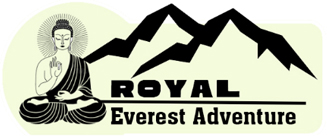
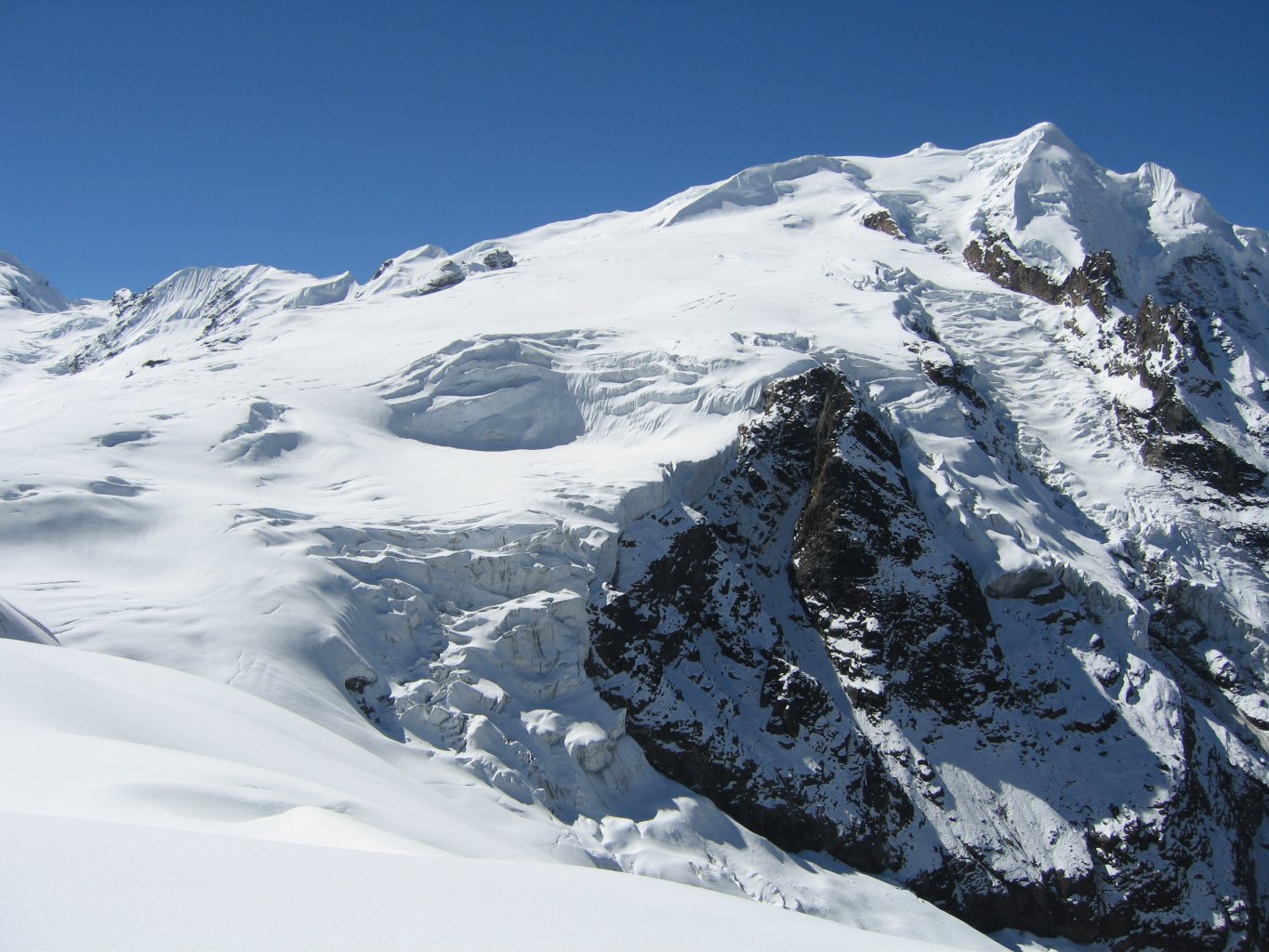

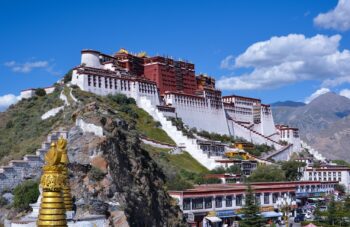
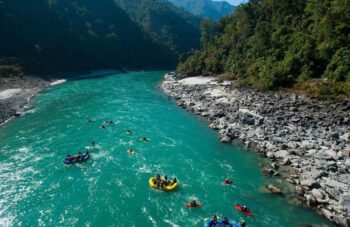
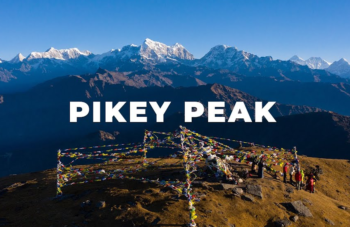
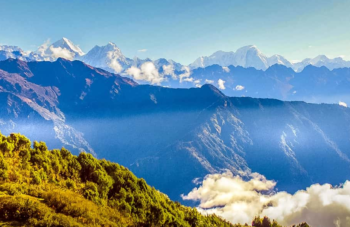
Leave a Reply